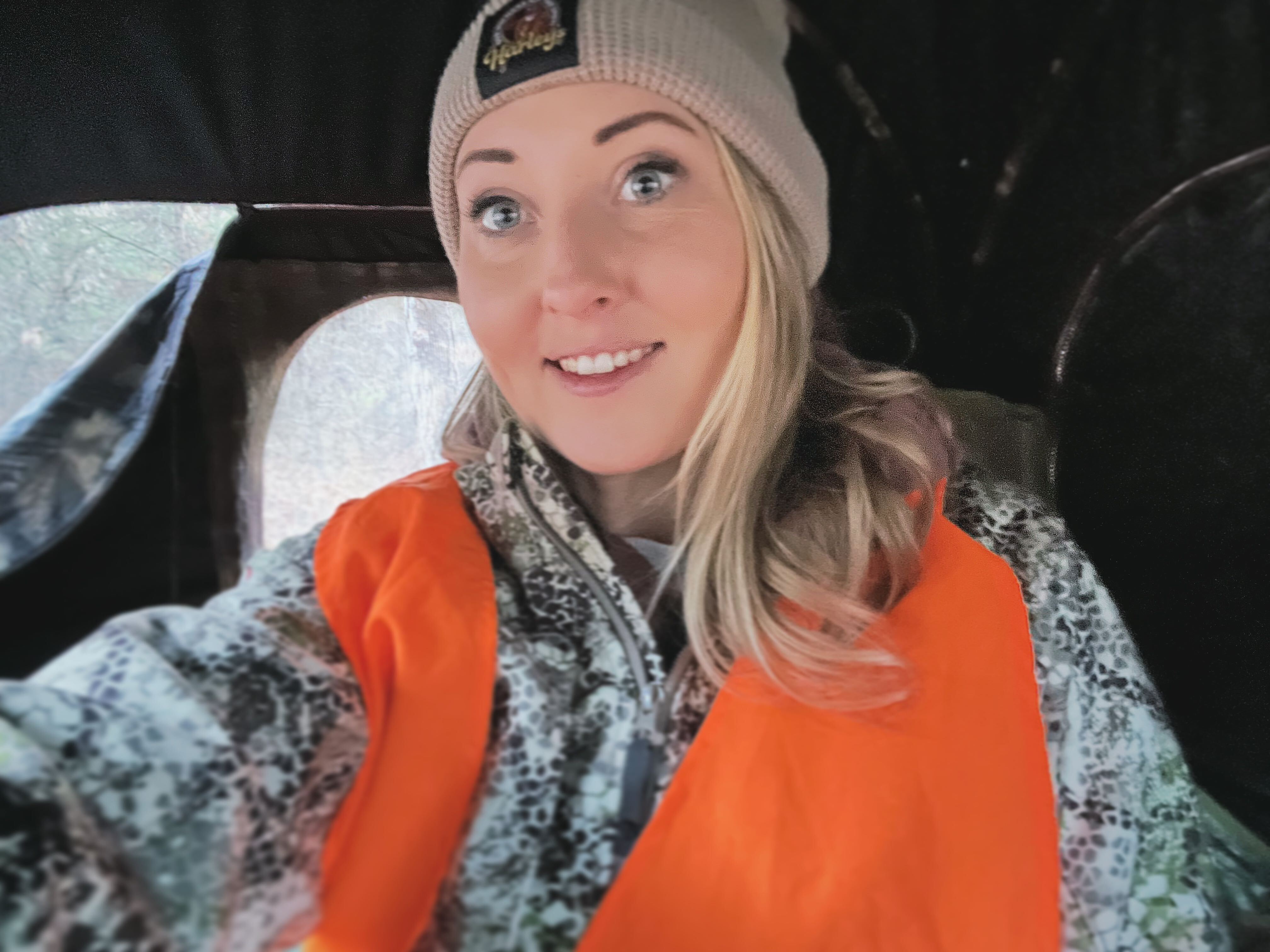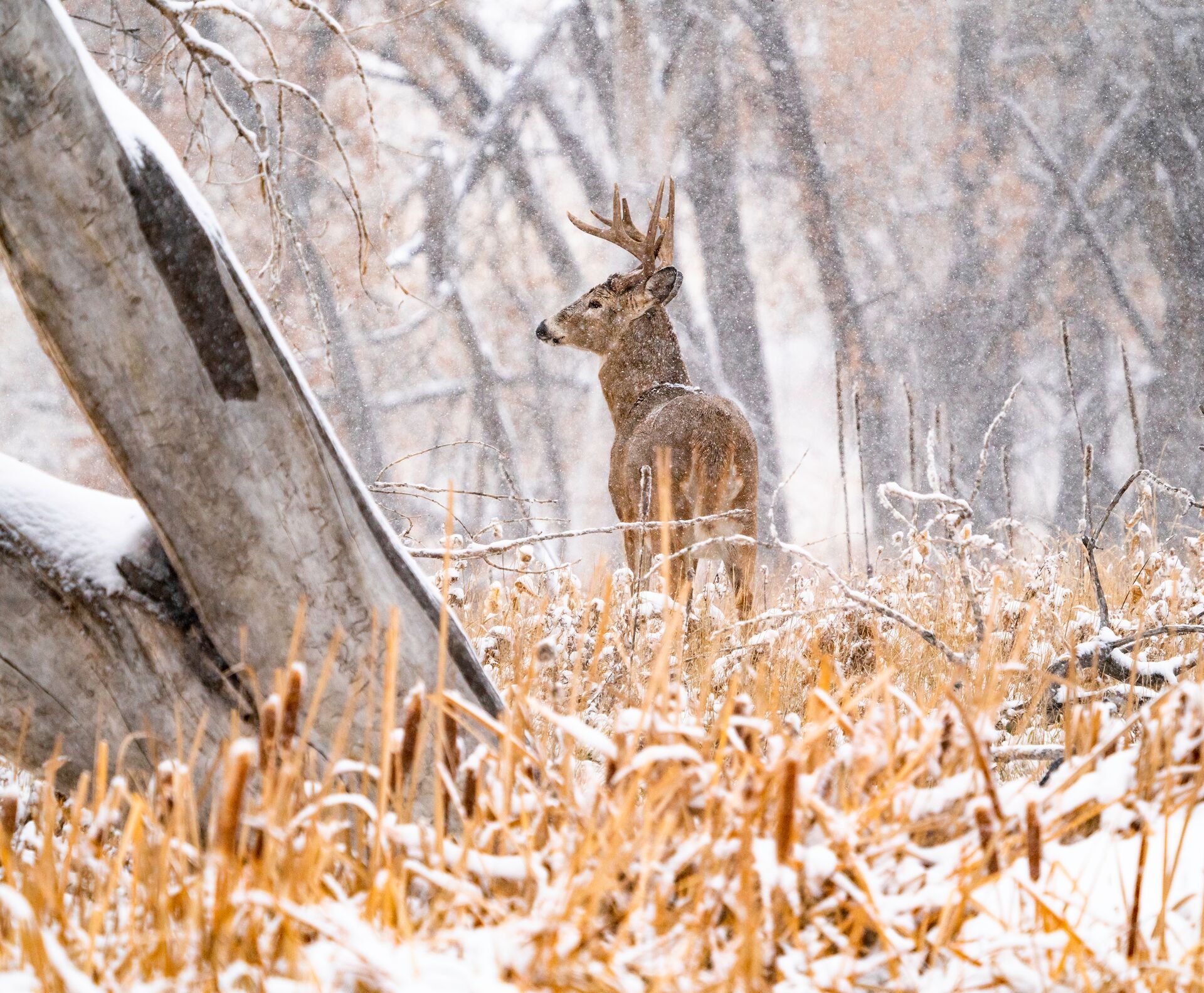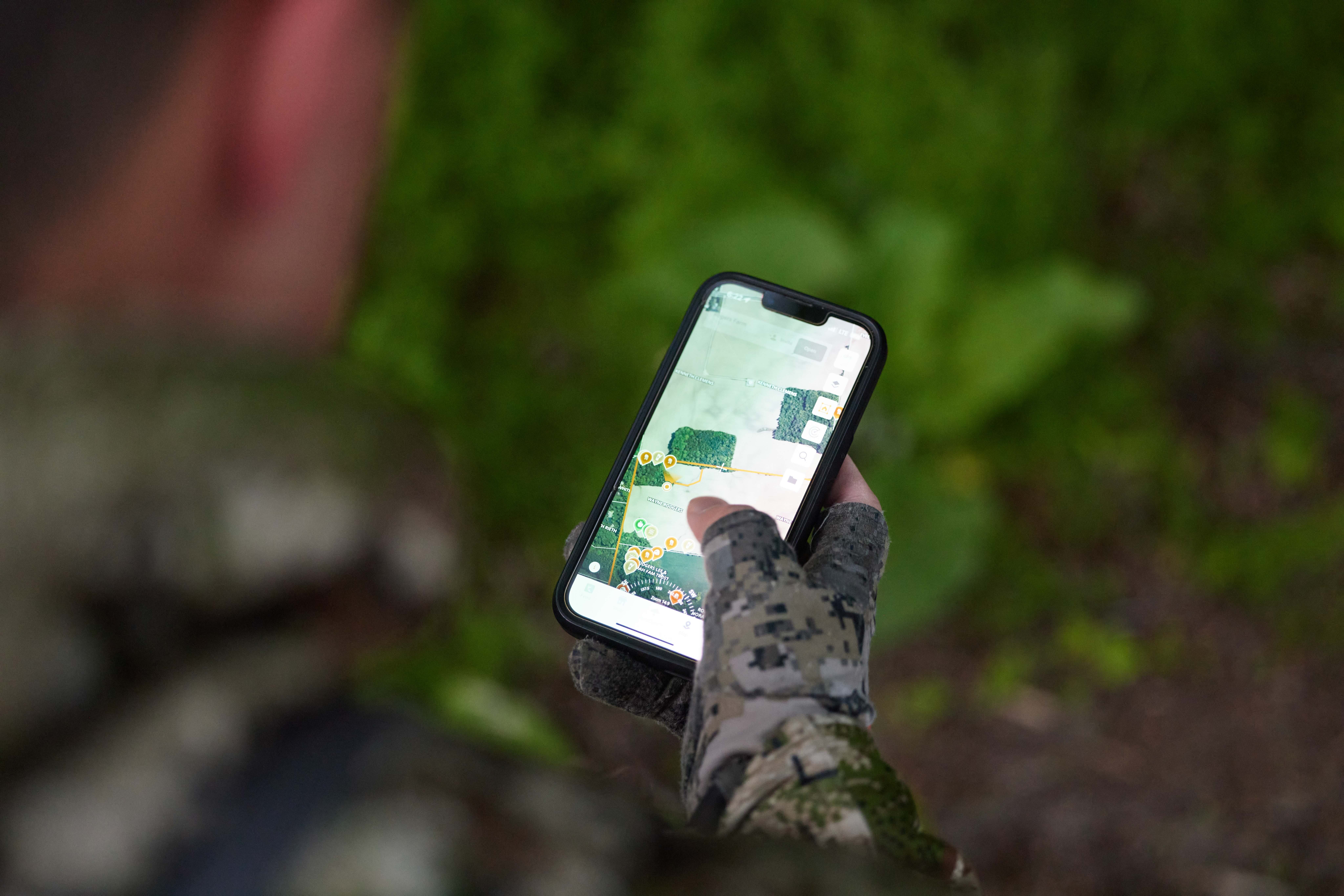Field Guide / Deer
What Hunters Need to Know About CWD
The topic of Chronic Wasting Disease, or CWD, is mysterious and scary for many hunters. CWD is spreading in deer herds across North America.
Previous in Deer
More Content Like This
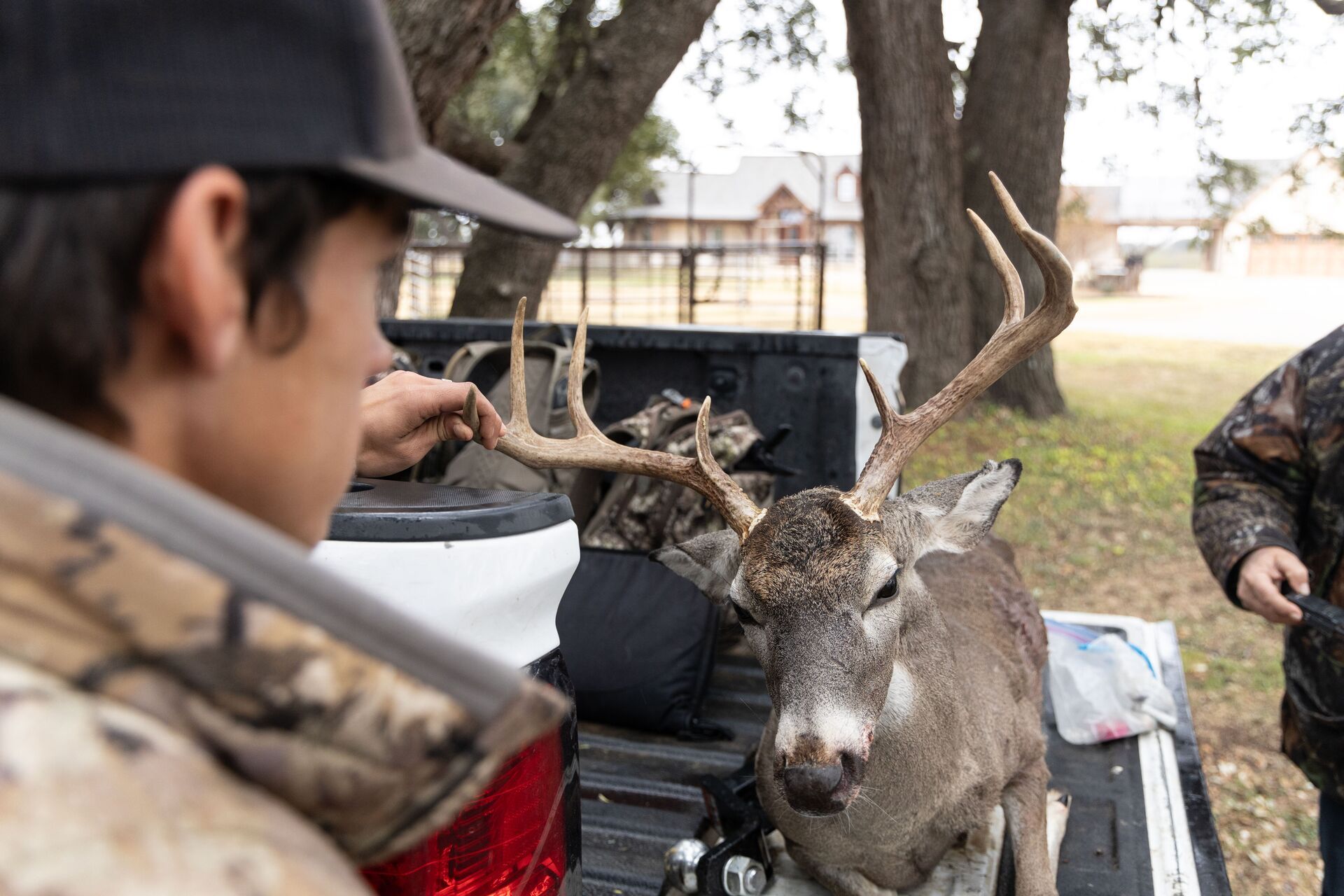
The Best Deer Hunting States for Your Buck Bucket List
Whether chasing record-breaking racks, healthy deer populations, or breathtaking hunting landscapes, the best hunting state is one that fulfills your personal hunting profile. From the dense and stunning woodlands of the Midwest regions to the rugged...Read More
Read More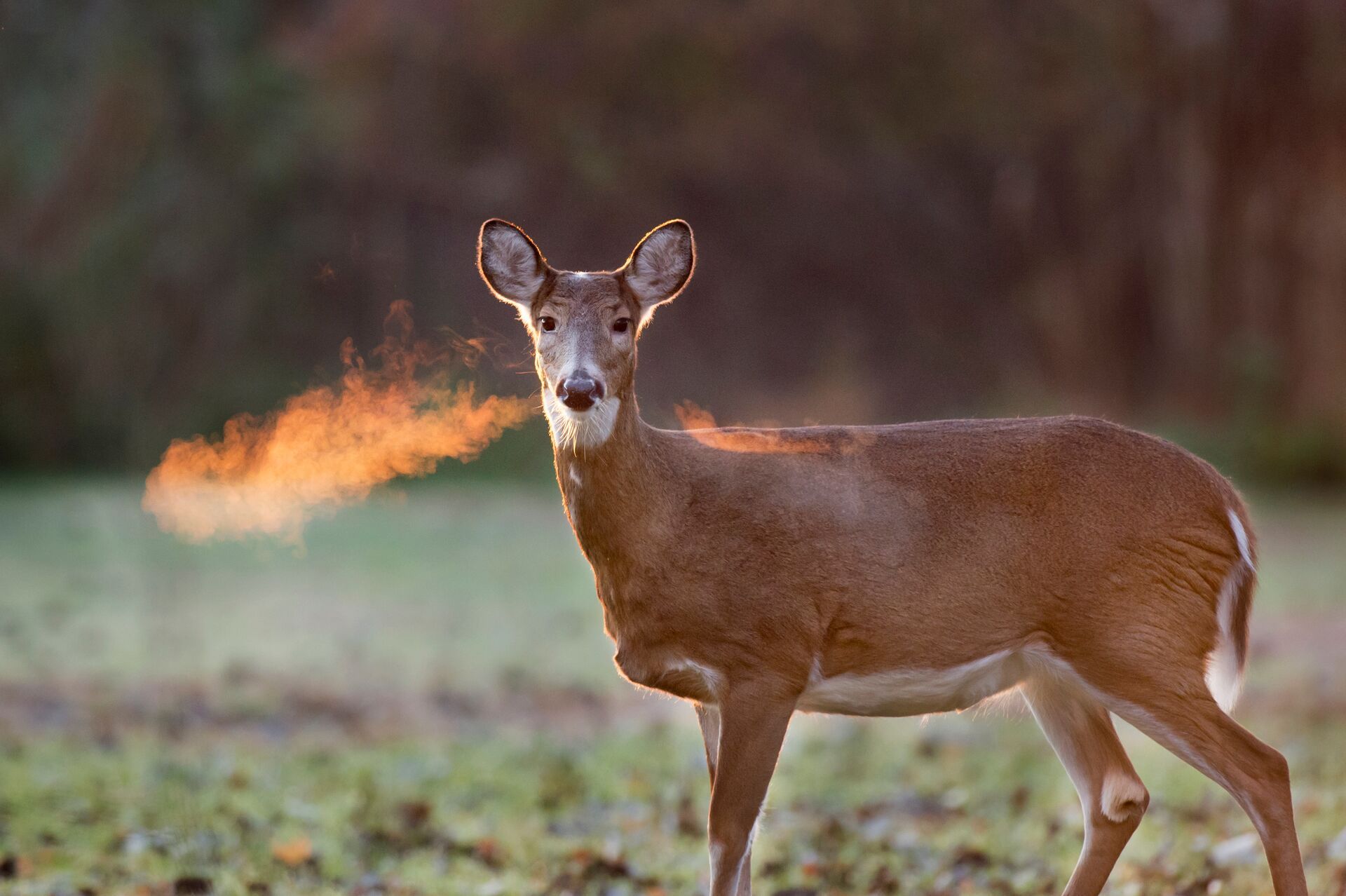
How (and Why) to Call In a Doe with Deer Calls
When thinking about deer hunting, most hunters are not thinking about tagging out on a big ol' nanny doe. Instead, they are dreaming of that rare majestic 200" buck we all dream about. Read More
Read More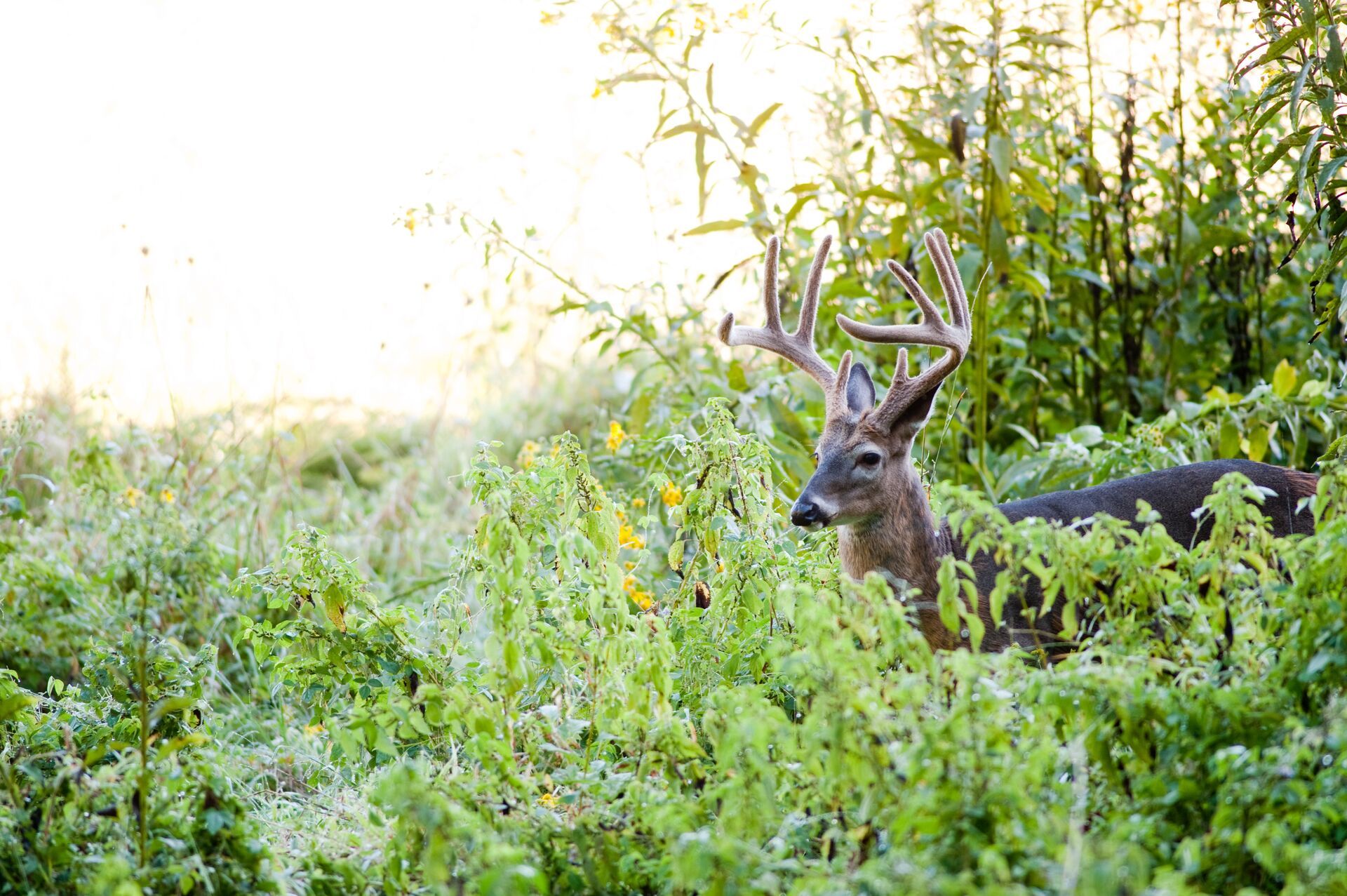
When Is Deer Season, Florida?
Florida is not for the faint of heart. From the alligators slicing through the swamplands to the dense and challenging forest environments, Florida is the place for deer hunters who want to test themselves and be rewarded with up to five deer per sea...Read More
Read More Deer
DeerThe Best Deer Hunting States for Your Buck Bucket List
Whether chasing record-breaking racks, healthy deer populations, or breathtaking hunting landscapes, the best hunting state is one that fulfills your personal hunting profile. From the dense and stunning woodlands of the Midwest regions to the rugged...Read More
Read More Deer
DeerHow (and Why) to Call In a Doe with Deer Calls
When thinking about deer hunting, most hunters are not thinking about tagging out on a big ol' nanny doe. Instead, they are dreaming of that rare majestic 200" buck we all dream about. Read More
Read More Deer
DeerWhen Is Deer Season, Florida?
Florida is not for the faint of heart. From the alligators slicing through the swamplands to the dense and challenging forest environments, Florida is the place for deer hunters who want to test themselves and be rewarded with up to five deer per sea...Read More
Read More
1 of 3
